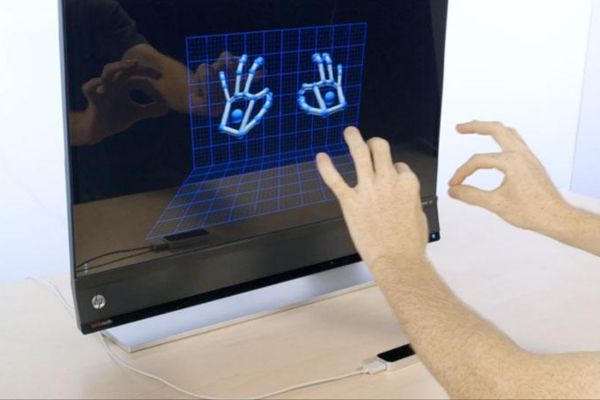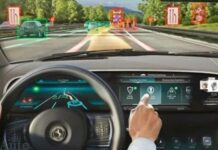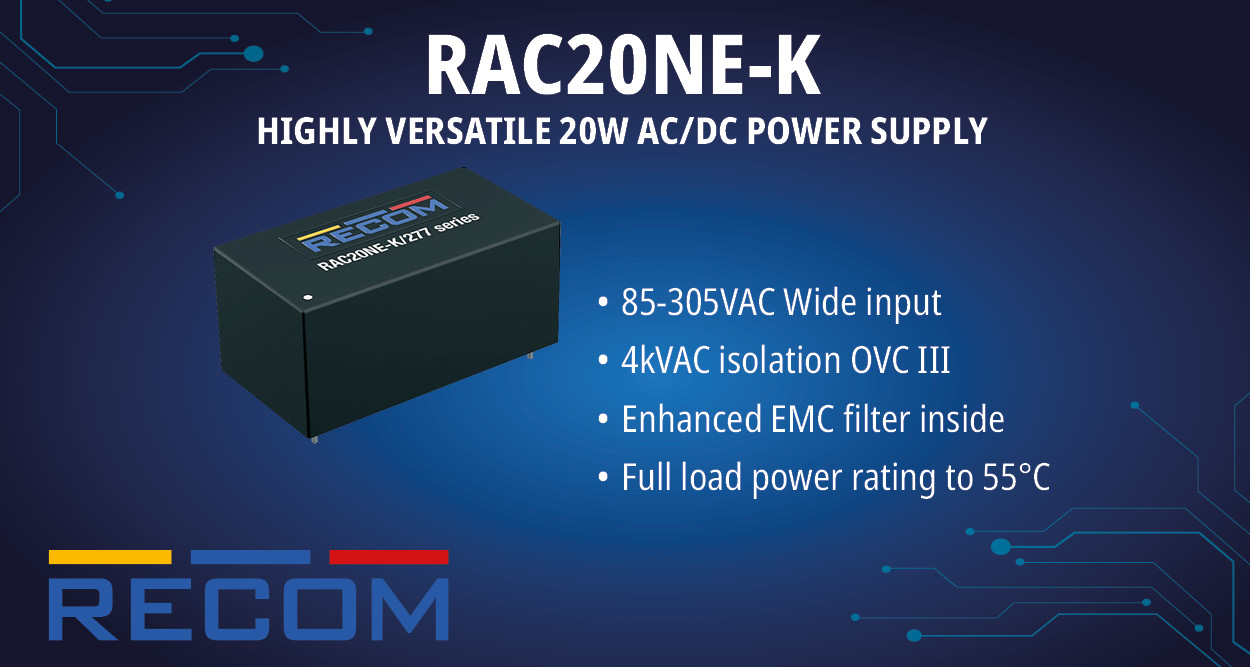In an era where touchless technology is redefining human-machine interaction, gesture recognition and touchless sensing are revolutionizing industries from healthcare to automotive and beyond. According to Persistence Market Research, the global gesture recognition and touchless sensing market is projected to reach a size of US$ 29.5 Bn by 2025. It is anticipated to witness a CAGR of 21.8% from 2025 to 2032 to reach a value of US$ 117.3 Bn by 2032.
Introduction: The Touch-Free Revolution
The world is moving towards a contactless future, where technology is shifting from traditional touch-based interfaces to gesture-controlled and touchless sensing solutions. As consumer expectations evolve, industries are integrating touch-free technologies to enhance convenience, hygiene, and efficiency. The gesture recognition and touchless sensing market is experiencing exponential growth, driven by the demand for more intuitive, seamless, and secure interaction methods.
From smartphones with motion-controlled navigation to gesture-based controls in automobiles and healthcare applications, this technology is setting the stage for an innovative future. But what’s fueling this surge in adoption, and where is the industry headed?
Understanding Gesture Recognition & Touchless Sensing
Gesture recognition technology enables devices to interpret human body movements as commands, eliminating the need for physical contact. This technology uses sensors, cameras, and AI-driven software to recognize gestures such as hand movements, facial expressions, or voice commands.
On the other hand, touchless sensing technology detects user interactions without direct contact through infrared, ultrasonic, and capacitive sensing methods. This has significant applications in industries where hygiene and safety are top priorities, such as healthcare and public spaces.
Key Growth Drivers of the Market
Several factors are fueling the rise of gesture recognition and touchless sensing technology, including:
- Rising Demand for Contactless Solutions
The COVID-19 pandemic accelerated the need for touch-free interactions in healthcare, retail, and public spaces.
Touchless ATMs, smart kiosks, and gesture-controlled doors gained widespread adoption.
- Advancements in AI and Machine Learning
AI-driven computer vision and deep learning algorithms are improving gesture recognition accuracy.
Enhanced real-time responsiveness in devices makes gesture-based controls more intuitive.
- Growing Integration in Consumer Electronics
Smartphones, smart TVs, and gaming consoles are integrating gesture-based UI for seamless user experience.
Wearable devices now feature gesture control for fitness tracking, virtual assistants, and smart notifications.
- Automotive Innovations and Driver Safety
Automakers are integrating gesture recognition to enhance driver safety by reducing distractions.
Voice and hand gesture controls in infotainment systems and HUDs (Head-Up Displays) are becoming standard.
- Healthcare and Medical Advancements
Touchless sensing technology is being widely used in hospitals to reduce contamination risks.
Gesture-controlled medical imaging, robotic surgery, and non-contact patient monitoring are transforming healthcare.
- Rising Investments in Smart Infrastructure & IoT
Smart homes and IoT devices leverage gesture controls for automated lighting, temperature regulation, and security systems.
AI-driven home automation systems are integrating touch-free interactions for seamless living.
Major Industries Benefiting from Touchless Tech
- Healthcare – Contactless patient monitoring, gesture-controlled robotic surgery, and smart hospital infrastructure.
- Automotive – Gesture-based infotainment, AI-powered vehicle navigation, and enhanced safety features.
- Consumer Electronics – Smartphones, smart TVs, wearables, and home automation systems.
- Retail & E-commerce – Touchless checkout kiosks, gesture-based virtual shopping, and digital signage.
- Banking & Finance – Contactless ATMs, touchless authentication, and secure financial transactions.
Future Trends: What’s Next?
As the demand for touch-free interaction continues to grow, here are the key trends shaping the gesture recognition and touchless sensing market:
- AI & Deep Learning Enhancements – Future AI models will further refine gesture detection accuracy, making interactions more seamless and intuitive.
- Haptic Feedback Integration – Combining gesture control with haptic feedback will improve the user experience in AR/VR applications.
- 5G-Powered Touchless Solutions – Faster data transmission through 5G will enhance real-time responsiveness in gesture-based systems.
- Wider Adoption in Smart Cities – Public infrastructure will see a rise in gesture-controlled services, from transit systems to interactive kiosks.
- Security & Biometric Innovations – Touchless biometric authentication through facial recognition and voice control will become mainstream in cybersecurity.
Conclusion: A Future Without Touch
The gesture recognition and touchless sensing market is transforming how we interact with technology, offering a future where seamless, contactless, and intuitive interactions redefine everyday experiences. With advancements in AI, IoT, and machine learning, the possibilities for gesture-based control are limitless.
As industries continue to embrace touchless technology, businesses that invest in these innovations will lead the charge in shaping the future of human-machine interaction.
















